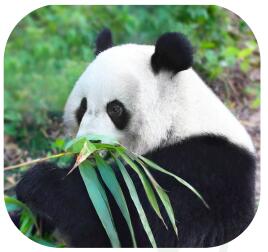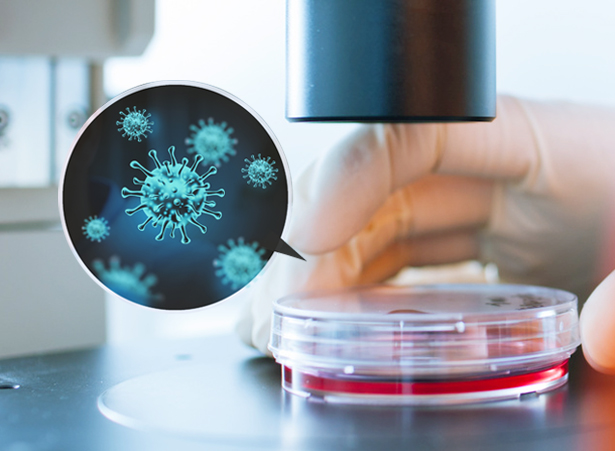The Gut Microbiome and Energy Source of the Giant Panda
Introduction
The giant panda (Ailuropoda melanoleuca) represents one of the endemic flagships of China. The species is distinctive in the sense that, unlike the rest of its superfamily, Arctoidea, the giant Panda species’ diet is solely on bamboo .
one of the endemic flagships of China. The species is distinctive in the sense that, unlike the rest of its superfamily, Arctoidea, the giant Panda species’ diet is solely on bamboo .
The bamboo’s dry mass is mostly composed of cellulose, hemicellulose and lignin. Previous genomic studies revealed the giant panda lacks the homologues necessary to transcribe proteins capable of degrading cellulose. Moreover, their gastrointestinal (GI) tract is characteristic of carnivores.
As a result, it’s hypothesized the giant panda needs the presence of cellulose-degrading bacteria. Previous studies have identified some cellulose-degrading bacteria in their faces, while others did not find that the panda gut microbiome had the capacity to degrade cellulose[1, 2].
This study[3] provides evidence on this hypothesis. Wenping Zhang, an expert researcher at the Chengdu Research Base of Giant Panda Breeding, has done previous work on the genetic diversity, gut microbiome composition, and more, on the giant panda. The Research Institute is highly recognised for conservation and research into rare and endangered animals, in particular, the giant panda.

